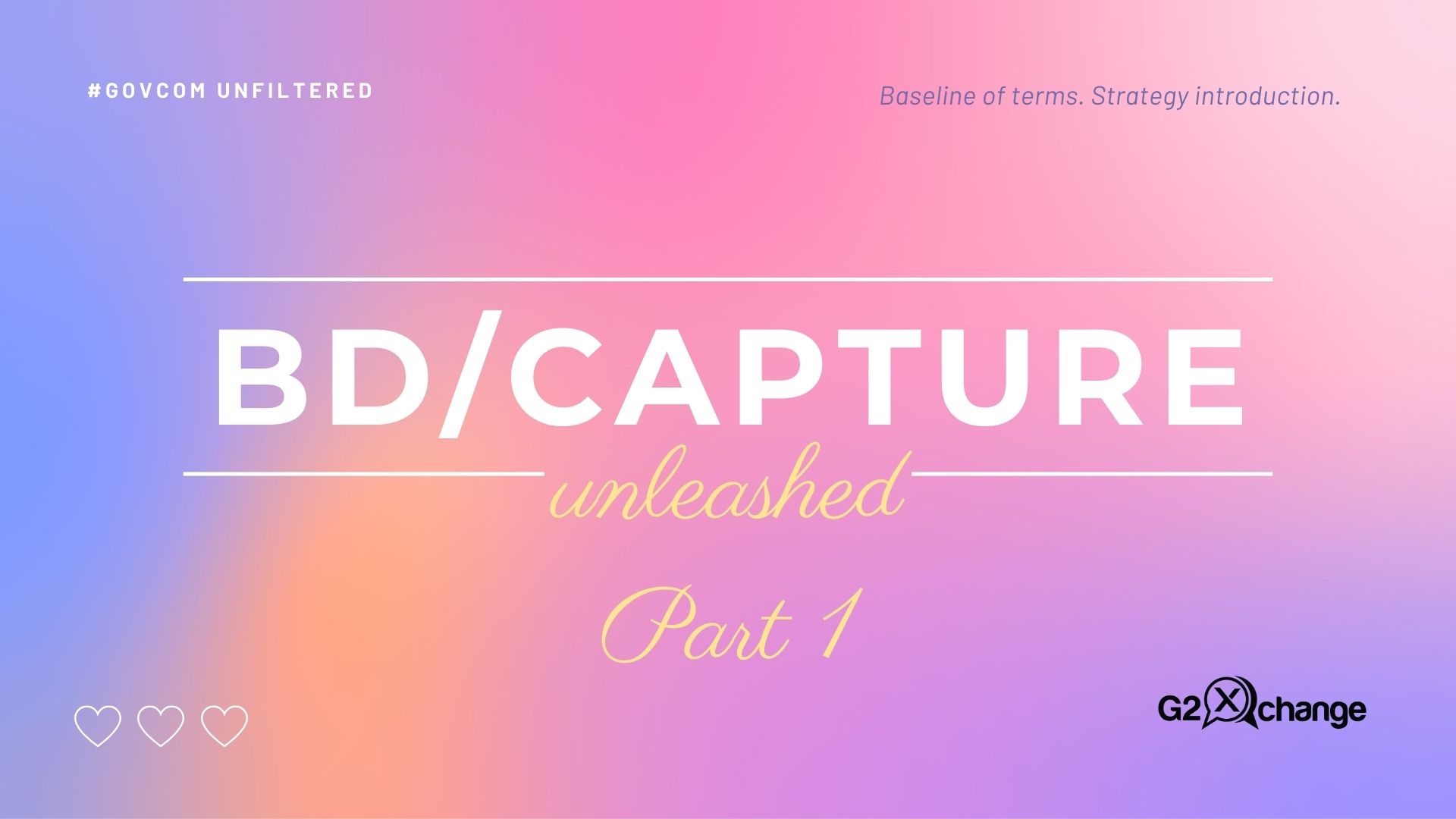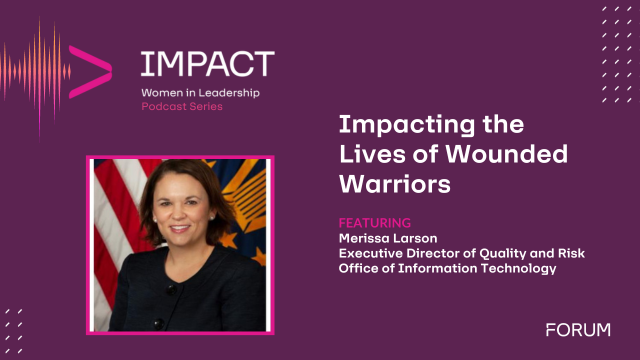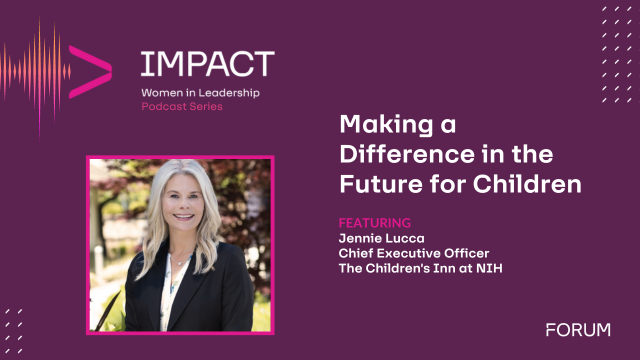Flash Back to 2010.
Ah, 2010. Those halcyon days of innocence. Before the Harlem Shake.
Back then, I was full of what I believed were good ideas. I went to the then-CTO of SAIC’s Health group, Doug Barton, with my greatest yet.
“Those GPU servers the Law Enforcement and IC guys use for forensics analysis? They only run a couple hours a day. Yet the machines are powered 24-7. Why not use them to mine for this new blockchain-based cryptocurrency, Bitcoin? The power is a sunk cost, the machines are already running, it would basically be free money for SAIC. As more and more people mine Bitcoin, the value will go up.”
Doug asked me what the current cost of Bitcoin was, which at the time was around five cents per Bitcoin (BTC), and very politely laughed me out of the room. He was used to this sort of proposal from me, about twice a month on average.
In the interest of fairness, I will say that my twenties were filled with bad ideas. In that decade I learned how to run a nightclub, a marriage, and most of my hair follicles into the ground. But I was right about one thing: blockchain technology was going to have its day, even if that day wasn’t in 2010.
“Blockchain.” I’ve heard that word, but my Harlem Shake-addled brain can’t remember what it means. In concise terms, what is blockchain?
Before I get into that, let me point out that for the record, my idea was a moneymaker. After peaking at about $1250 per bitcoin (a 25,000x increase) and settling at around $650/BTC, the idea would have made SAIC boatloads of money. In fact, soon after the suggestion, consumer grade hardware such as mine was insufficient for mining bitcoin. After tendering over my first few, GPU-mined bitcoins in exchange for an application-specific integrated circuit (ASIC) miner, I soon was outpaced by the giant labs that corporations, shadowy underworld conglomerates and more were devoting to blockchain. My humble bitcoin miner now ekes out a meager existence providing a source of heat for germinating seeds.
But you don’t care about whole-grain sprouted bread. You want to know what a blockchain is.
In its simplest terms, a blockchain is a message with a history. “Here’s a note, Pass it on.” In the message, in its payload, is a history of every transaction or change ever made. Conceptually, this article can be represented by a simple blockchain:

You’ll note that Record 4, David’s update, is invalid and will be rolled back. This is because April removed the story about David and Zsa Zsa Gabor, and therefore there is nothing to update. More importantly, everyone with a copy of this blockchain is aware of three things:
- The current state of the blockchain
- Every change that’s been made to get it to that point
- Whether or not the update is correct; this validation is performed by a network quorum of acknowledgement
In short, the “network” approves whether something is valid or not based on timestamps and the change history to date. Now, that’s not to say that David can’t recreate his input, but there will be a record of that.

So this is blockchain in its simplest form. It is:
- A series of data elements
- A change history of every change made, when, and by whom
- A system where everyone can see this change history equally visibly
- Governed by an automated and impartial mechanism, such as dates and timestamps, to deterministically resolve all conflicts the same way every time
Blockchain, in the real world, adds more bells and whistles to this. Bitcoin, for example, has a full record of every transaction ever made: but instead of using real names, it uses Public Key Infrastructure (PKI) encryption.
I know for an indisputable fact that on October 13th, 2016 at 8:34:25 PM Eastern, user 35iVepZkutiWtUeqRECjHac9eEsiFTWR5U transferred 0.05216 Bitcoins to user 1NDs66mcmsv4whPFNCmRW5mqDzWLHZv4Fi. [1] Yet who are these people? What did they exchange for those bitcoins? Was any of it legal? By design, the world will never know.
That’s great, but what’s the value for Health IT?
If you’re anything like me, you’ve read some white papers on Blockchain in health care IT and are intrigued. After all, protected health information and blockchain go together like peanut butter and anaphylaxis. A blockchain database provides the ability to store demographic information, genomic information, vitals, diagnoses, imaging, lab or pharmacy orders, and even quality of care metrics like HEDIS.
The real value of a blockchain-based solution, however, is in removing unnecessary protocols. Right now, we use multiple protocols to get information from point A to point B. We use:
- CONNECT for communication between providers using a Health Information Exchange (HIE)
- Direct, which is nothing more than encrypted mail (SMTP), for patient communication with providers
- Blue Button downloads over encrypted Web transfer (HTTPS) for retrieval of health records by a patient
This mélange of protocols is served piping hot over rat’s nest of infrastructure. There are health record systems, data repositories, imaging warehouses, messaging servers, front-end clients and identity management servers.
Now, imagine for one second, that none of this was needed.
It’s okay, take a moment. Deep breaths. Drink it all in.
What if, instead of multiple protocols, data storage formats, and a variety of infrastructure for data at rest and in transit, everyone just had one client: a blockchain health client?
All data would be point to point, whether between providers, patient and provider, or provider and billing. The history of the data, including vitals, metrics, billing codes, orders, etc. would be encapsulated in the payload of the message. Everyone would know their data is up to date, but only the right people would have the access to view it. Even protected conditions such as those under 38USC7332 (alcohol abuse, drug abuse, HIV positivity and sickle cell anemia) can be encapsulated and protected accordingly.
The cost reduction from an infrastructure, security and procedure end would be shocking.
Okay, Mike, but you’re crotchety and misanthropic. You wouldn’t be talking about it unless people were doing it wrong. What are people doing wrong?
An opportunity to complain about something? Gosh, you do know me so well.
Corporations don’t trust the mathematical completeness behind blockchain and therefore are terrified of using a Bitcoin-style public blockchain. After all, there’s a lot of risk of having not just one, but all PHI records out there, for all to see. So questions like this become tossed around in BOGSAT[2] style meetings:
- What happens if somehow the “master key” gets cracked and all records are visible?
- What happens if you lose your key to view your data?
- What happens as records get larger, including imaging? Will everyone have to download a copy of everyone’s radiological images?
The answer to the first question is “Not possible. That’s not how PKI works.”, but the answer to the other two are more complicated and nuanced. As a result, many corporations are pushing for private blockchains, that depend on a “trusted” infrastructure.
The closest analogy I can think of would be the Domain Name Service (DNS) protocol. You can set up a local nameserver, that has authority over a domain name (like fedhealthit.com). Certain servers can be authoritative, others can simply relay on what they’ve heard. Yet at the core, there is a cadre of “root” servers that remains the ultimate authority.
Many blockchain startups are proposing a similar setup, which ironically creates everyone’s worst fear: a “master” system to be hacked and compromised. Health records are in big demand: $20 per record on the dark web, by recent estimates. Having even one point of failure is too much.
In addition, many blockchain startups are trying to set up a proprietary framework, in order to ensure continued revenue. This won’t work, as adoption of blockchain (much like Bitcoin, Dogecoin and other cryptocurrencies) will happen fitfully, in tech-forward islands. Open standards are going to be critical in ensuring that any blockchain-based EHR and HIE gets off the ground.
Ensuring 2020 isn’t the next 2010
It should be obvious by now that I have a vested interest in getting a blockchain-based health system off the ground. This is both to provide better outcomes for providers, patients and insurance companies; and to ensure that next time I pitch a blockchain-based idea to a C-level officer, I’ll have more than a war story to tell in an article.
But, much like a blockchain itself, this can’t be done by one person. We have a number of interested and educated individuals and organizations trying to make this a go. My advice is to treat blockchain like industry and government pioneers treated Linux or any other open source product: play with it yourself!
Set up skunk works, within your company or organization, to see what blockchain technology can or can’t do. Explore the limitations and learn where the hype dissipates and the reality sets in.
Blockchain technology isn’t a panacea – but it can get a lot done if everyone understands a bit more about it. I hope I’ve done my part – now you’re the next link in the chain. Good luck.
[1] Source: https://blockexplorer.com/tx/3ff318df7f4ee58b1b68fbc821eb69a6ce12d801fdc3b996a50313ddb135d108
[2] Bunch Of Guys Sitting Around a Table.












